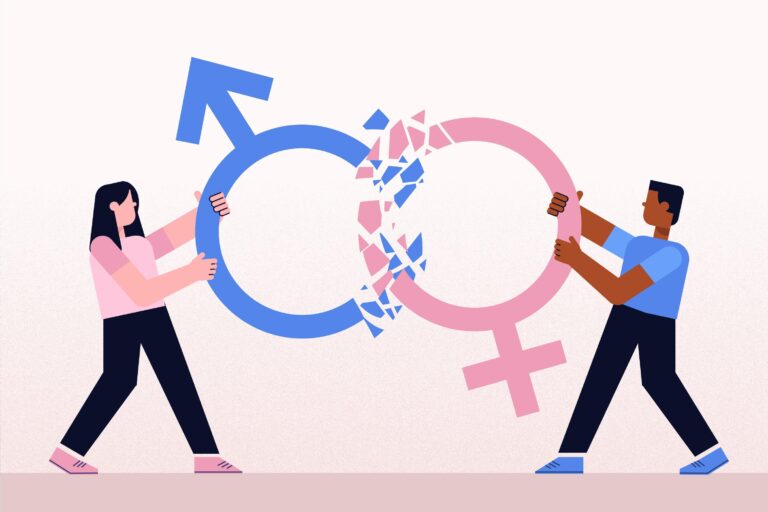Bridging the Digital Divide and
Promoting Gender Equity in Tech
When discussing Equity vs Equality, we tend to conflate the two, especially with regard to Gender. So what exactly distinguishes them? Equality guarantees that everyone has access to the same resources and opportunities, irrespective of their diverse backgrounds. Whereas Equity acknowledges varying positions and circumstances, ensuring that everyone receives the desired and precise resources required to attain an equal outcome. To put it simply, Equity demands effort, whereas Equality does not. Now, how is this relevant to the gender divide in technology and the digital space?
Equality disregards one’s circumstances; you’re just given the same resources as everyone else and expected to achieve identical outcomes. The digital divide entails that there is a gap between groups with access to technology and those without, and there persists a systematic challenge in providing resources equitably for women compared to their male counterparts. This is why it comes as no surprise that statistically women and girls have little to no access to technology compared to men and boys. The perception that technology is primarily for males is evidenced by the male dominance in technology-related fields. This stereotype contributes to the stigma and discrimination women and girls face, leading many to avoid using digital tools.
Offering equity between genders can be complex considering the prevalence of male dominance in most digital spaces, whether it’s in gaming or social media platforms. In most cases, those lacking access to digital platforms are often deprived of educational and employment opportunities, effectively excluding groups of people from accessing vital information online, potentially leading to social isolation and disconnection from other digital users. Furthermore, the digital divide exacerbates existing gender inequalities and impedes progress across various sectors. In the context of development, bridging the digital gap between genders fosters innovation and inclusivity in both professional environments and personal discourses.
Conclusion
Online spaces provide a platform for internet users to freely express themselves and initiate conversations that otherwise would be difficult to convey in public; For instance, women and girls can voice their concerns and advocate against prejudice, discrimination, crimes targeting women, and the need for better representation. Digital platforms offer a broader audience for discussing various societal issues, raising awareness about matters that may not be widely known.
Women and girls possess the same potential to engage in the digital realm and excel in technology-related fields. Acknowledging this entails empowering them to navigate the digital world and equipping them with the requisite tools to thrive in the technology sector. Diversity in digital spaces and tech allows for various voices to be heard, enriching our collective knowledge with fresh perspectives. Education is integral in fostering mutual understanding, and gender should not be a barrier for those who want to learn and change the world.
References:
- Bridging the digital gender divide. (2024). Plan International. https://plan-international.org/quality-education/bridging-the-digital-divide/
- Muheed, H. (2023, March 16). The gender digital divide must be bridged to ensure we leave no one behind. UN Women – Asia-Pacific. https://asiapacific.unwomen.org/en/stories/feature-story/2023/03/the-gender-digital-divide
- White, S. K. (2024, March 8). Women in tech statistics: The hard truths of an uphill battle. CIO. https://www.cio.com/article/201905/women-in-tech-statistics-the-hard-truths-of-an-uphill-battle.html
Published on May 6, 2024.
Stay tuned for new blogs every Monday!
Follow the iMPACT Magazine on social media for more informative content.






